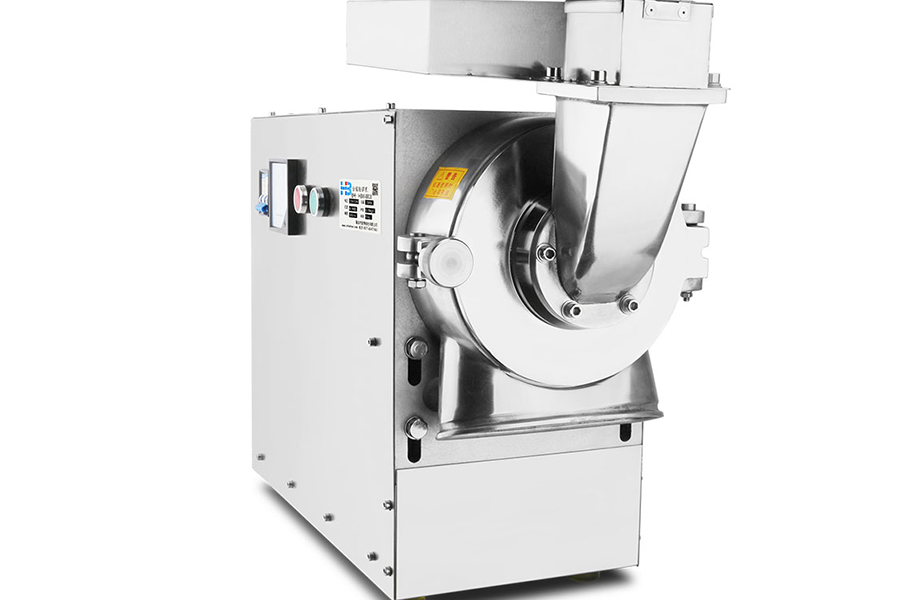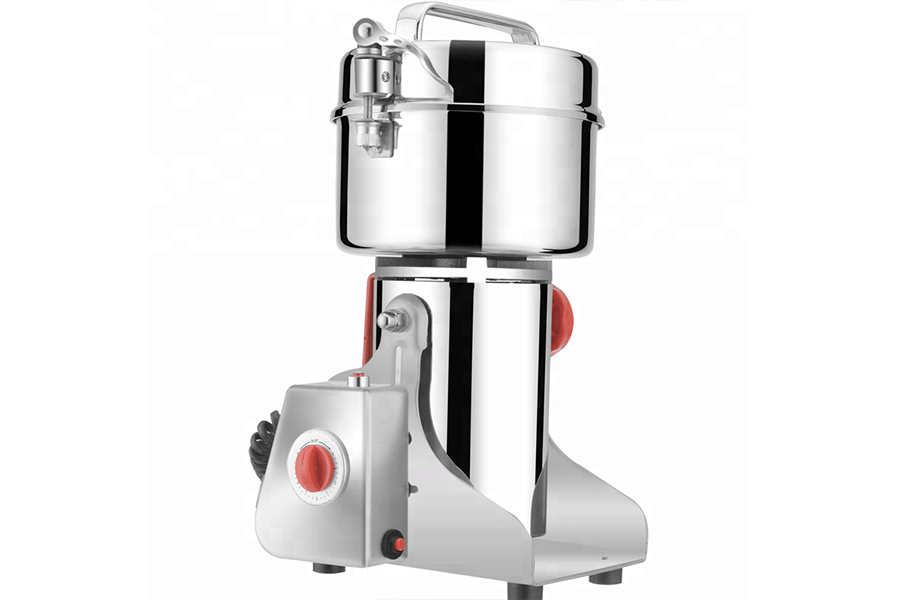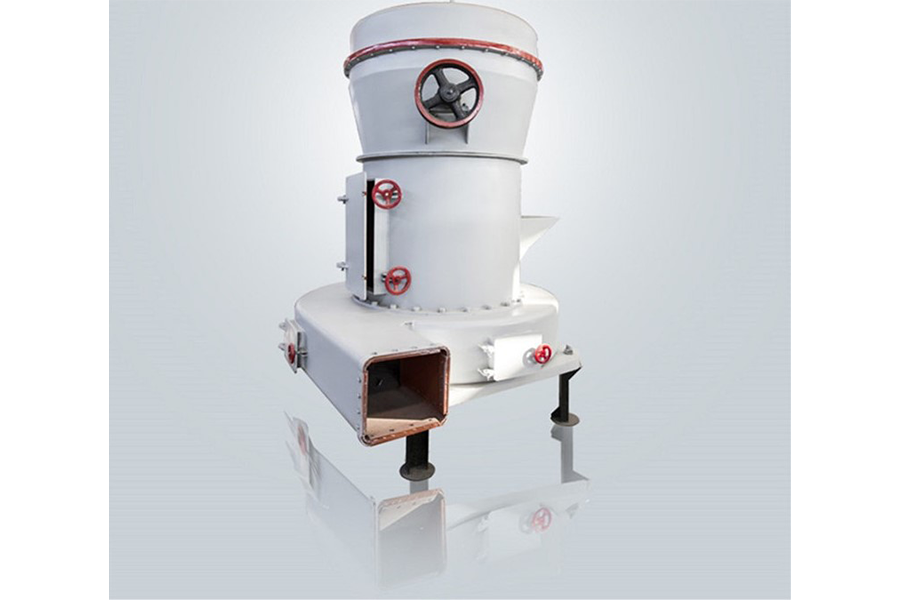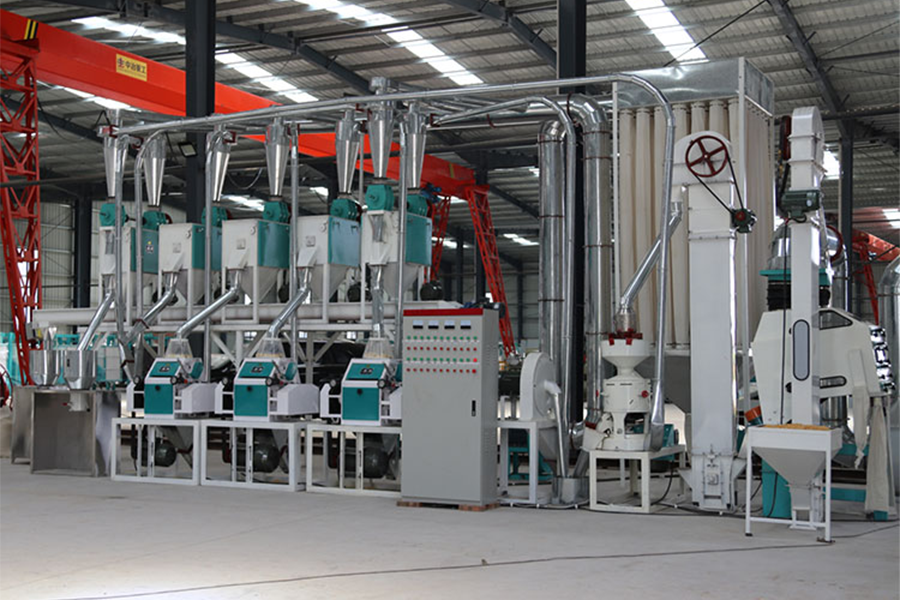Milling can be traced way back to medieval times as a means through which societies ground grain. Except for technological advancements and mechanization, the concept of reducing friend grains to flour has remained. While milling minimizes the size of grains into minute granules, it can further be categorized according to the method of grinding and the flour produced. Read on for more information on this.
Table of Contents
Demand and market share for flour mills
Key tips to consider when buying a flour mill
Types of flour mills
The target market for flour mills
Conclusion
Demand and market share for flour mills
Flour is one of the most consumed meals across the globe. As of 2021, its market share has been US$ 160.66 billion. The enormous population growth globally has ensured a steady increase in the demand for flour mills. In addition to this is an increase in per capita income. The change from traditional life to a modern lifestyle has also contributed to this growth. Improvement of flour mill products such as adding supplementary ingredients in favor of consumers has ensured a vast number of consumers are reached by a wide variety of products.
Key tips to consider when buying a flour mill
Before a business considers any flour mill, some factors could help make a good choice. Here are six factors to guide this selection:
Equipment design and efficiency
The output per hour of the flour mill, speed of the motor, and operation design directly input the cost of milling per hour. It is an excellent consideration to have the average price of milling based on the needs of the business before embarking on designing the flour mill.
Cost
A flour mill that produces 10 tons a day costs US$ 6000, while one that produces 30 tons may cost US$ 37,500. The cost of a flour mill also incorporates its maintenance, availability of spare parts, the type of breakdown to be anticipated, and the availability of personnel to repair it. All these should be put into consideration before a business makes a purchase.
Applicable material
The impact and stone burr grain mills are suited for hard, dry grains, while the steel burr grain mill will mill wet and oily grains. Before determining the mill to purchase, a business should consider which material they’ll grind.
The quality of the flour milled
Determining the milling process, the quality of flour expected and how waste is to be handled is helpful for a business to establish before purchasing. The quality of the flour then helps determine the suitable flour mill.
The capacity of the flour milling machine
The capacity of the flour milling machine is determined by the available storage size of the flour mill. Businesses should build the plant and select the flour mill that suits their size.
Milling speed
The purpose of the flour mill will determine this. An electric mill can produce over 80 tons per day. This is not suitable for a mill to be used for domestic purposes. Businesses with several tons to be milled in a day can opt for electric mills.
Application
Flour mills are compatible with different materials to be ground. Some flour mills are suitable for maize, others for wheat flour, and others are good for cassava milling. Businesses should determine the product to be ground before purchasing a milling machine.
Types of flour mills
There are several flour mills from which businesses can choose to purchase. They’re outlined below:
Impact grain mills
Impact grain mills use impact to grind grain. They are relatively common and easy to operate.

Features:
- They have a milling chamber with concentric rings and steel fins.
- They are suitable for dry grains and beans.
- They produce a wide range of flours, from coarse to finer flours.
Pros:
- They have a relatively low cost and are easy to maintain.
- They are easy to operate.
- They produce reasonably fine flour.
Cons:
- They are loud when in operation.
- They only offer an electric version (no mechanical/manual model).
- They are not suitable to grind wet and oily grains.
Steel burr grain mills

The steel burr grain mills use two steel plates that face each other. The bottom plate is fixed while the top plate moves around. The grains are placed in between the plates for grinding.
Features:
- They turn at low RPMs.
- They are adjustable in the type of flour that they produce.
Pros:
- They can grind wet and oily grains.
- They provide ultra fine-textured flour and cracked grain.
- They are quiet when in operation.
- They have manual and electric alternatives.
Cons:
- They are costly to acquire and maintain.
Stone burr grain mills
The stone burr grain mills use stone as their mechanism to grind the grains.

Features:
- They provide a wide range of textures to mill.
- They are quieter than impact grain mills.
- They can mill dry grains, beans, and fibrous materials such as dried spices.
Pros:`
- They are durable and long-lasting.
- They are suitable for dry grains.
- They can grind very coarse to very fine flour.
Cons:
- They cannot grind oily grains.
- They are costlier to acquire and maintain than impact mills.
Industrial flour mill
Industrial flour mills are widely used in industries for bulk processing.

Features:
- They are huge and occupy up to 100m2 of space.
- They can mill an assortment of grains.
- They are either pneumatic, electric, or manual (fuel-powered).
Pros:
- They are swift and efficient.
- They are not noisy when in operation.
- They have high-precision packing equipment.
Cons:
- They are only suitable for industrial-scale milling.
- They are costly to acquire and maintain.
The target market for flour mills
With a CAGR of 3.95%, flour mills sales will grow to US$ 210.77 billion by 2028. The Asia Pacific region has dominated the flour mills industry and is expected to do so in 10 years. This is primarily because of China, India, and the largest producers of wheat in the world. Europe is expected to have the second-highest share, with North America being the third-highest shareholder. The growing health awareness is expected to be the major contributor to this precedented growth.
Conclusion
Besides the types of flour mills and their different milling mechanisms, this article has explained some key factors that businesses should consider before buying a flour mill. Application is one of them. In addition to this, with the growing population, the purchase of flour mills is expected to increase steadily.





 বাংলা
বাংলা Nederlands
Nederlands English
English Français
Français Deutsch
Deutsch हिन्दी
हिन्दी Bahasa Indonesia
Bahasa Indonesia Italiano
Italiano 日本語
日本語 한국어
한국어 Bahasa Melayu
Bahasa Melayu മലയാളം
മലയാളം پښتو
پښتو فارسی
فارسی Polski
Polski Português
Português Русский
Русский Español
Español Kiswahili
Kiswahili ไทย
ไทย Türkçe
Türkçe اردو
اردو Tiếng Việt
Tiếng Việt isiXhosa
isiXhosa Zulu
Zulu
Very good article, gave me a lot of inspiration